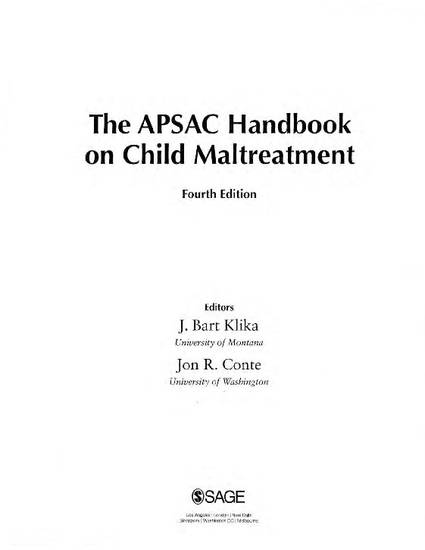
Contribution to Book
18. When interviewing children: A review and update.
APSAC Handbook on Child Maltreatment. (Published 2018)
(2017)
Abstract
In this chapter, we highlight principles for interviewing children based on the best available science, understanding that such principles keep changing as new evidence accumulates and that gaps exist in the knowledge base where guidance is limited. Interviewers will need to stay abreast of new developments. First, we briefly describe the data base from which the tools derive--studies conducted in the laboratory and in the field. Then we discuss evidence-based interview tools and features of the interview about which there is sufficient empirical evidence and consensus to derive “toolboxes.” We discuss interview structure, setting, children’s reluctance and suggestibility, rapport development, narrative practice, introducing the topic of abuse, language and phrasing of questions, instructions to children, and evidence-based strategies for eliciting details. We highlight the need for interviewers to have a toolbox of techniques at the ready from which they can select the most appropriate tools for a particular child, context, or jurisdiction—techniques that they can justify based on the best available science.
Keywords
- Interviewing Children,
- Child Witness,
- Child Testimony,
- Child Abuse,
- Child Neglect,
- Child Sexual Abuse
Disciplines
Publication Date
January 2, 2017
Editor
J. Conte & B. Klika
Publisher
Sage Publishing
Citation Information
Saywitz, K.J., Lyon, T.D., & Goodman, G.S. (2018). When interviewing children: A review and update. In J. B. Klika & J. R. Conte (Eds.), APSAC Handbook on Child Maltreatment (4th ed., pp. 310-329). Newbury Park, CA: Sage.
